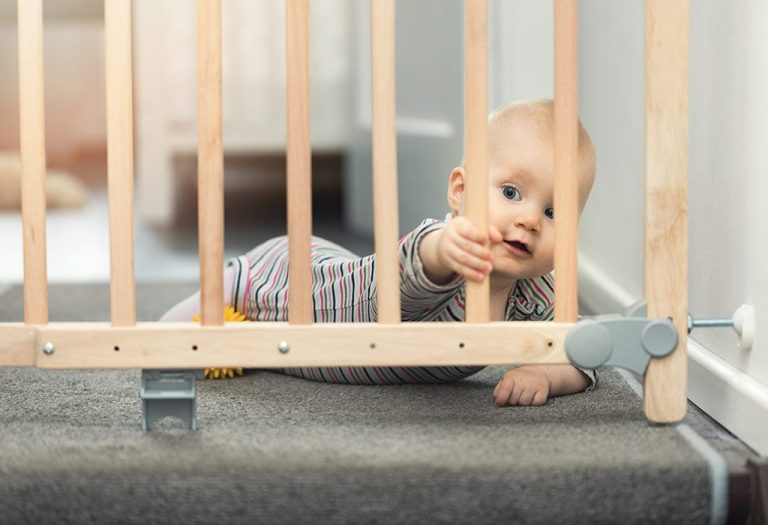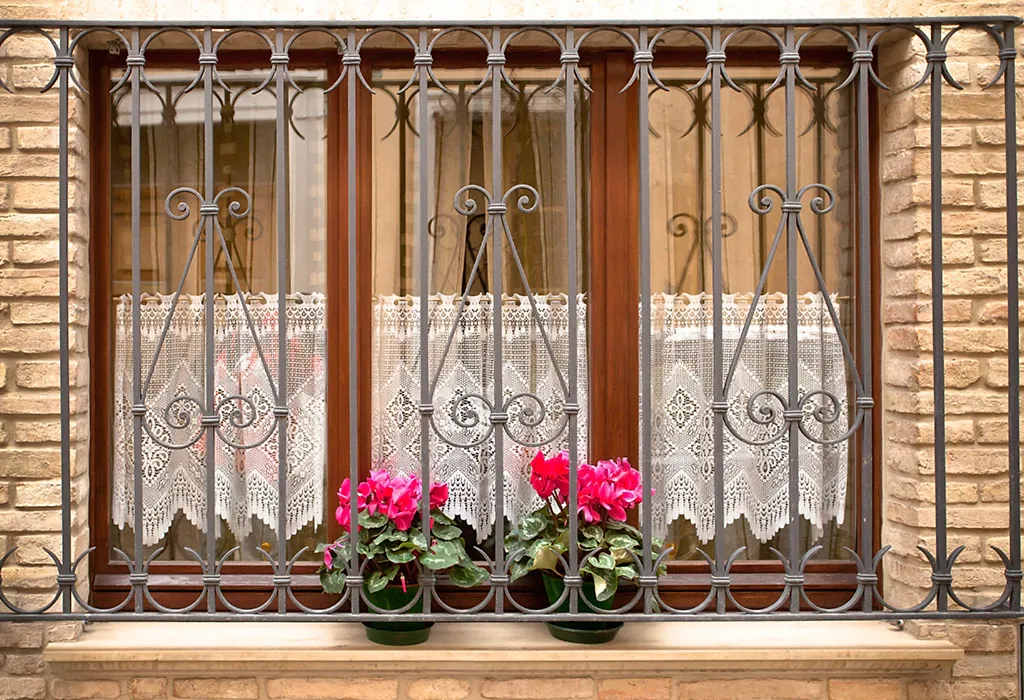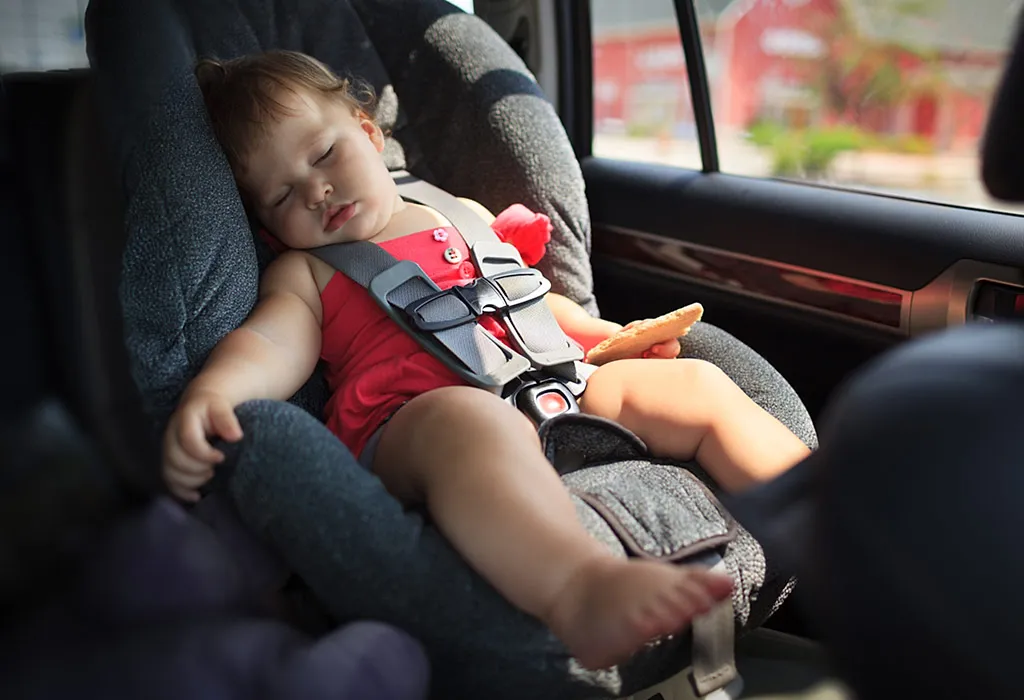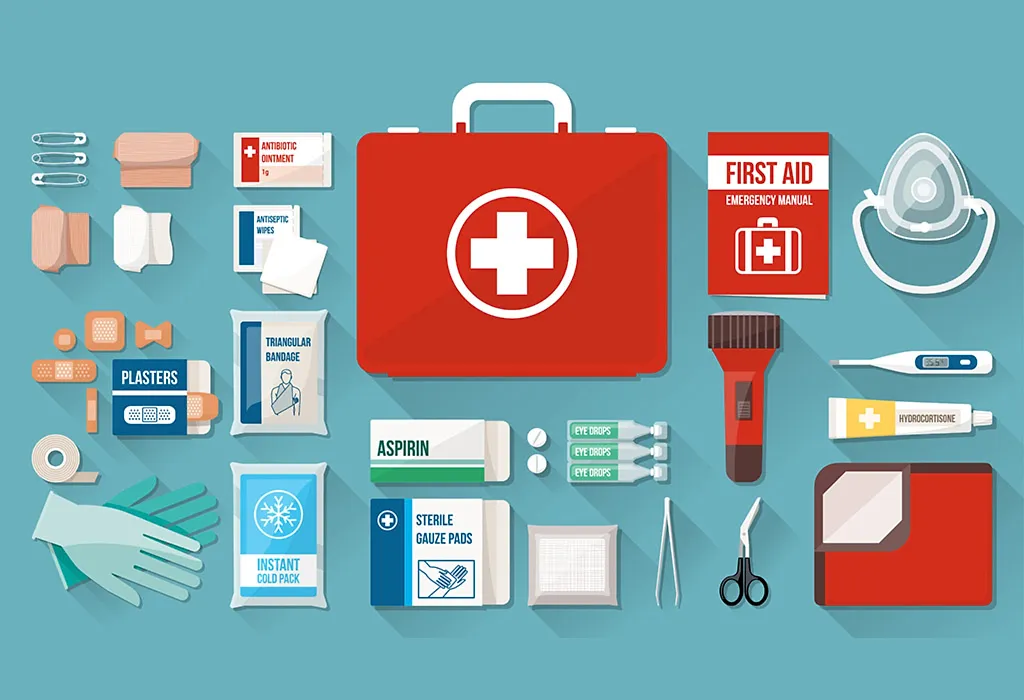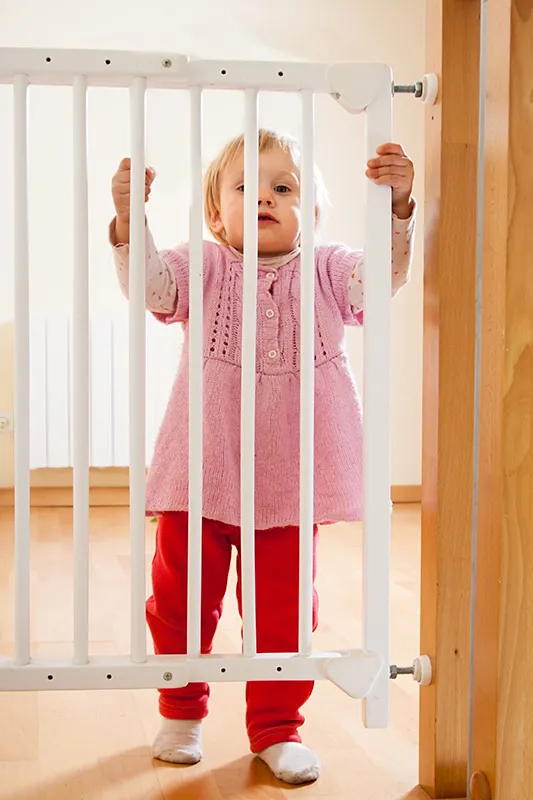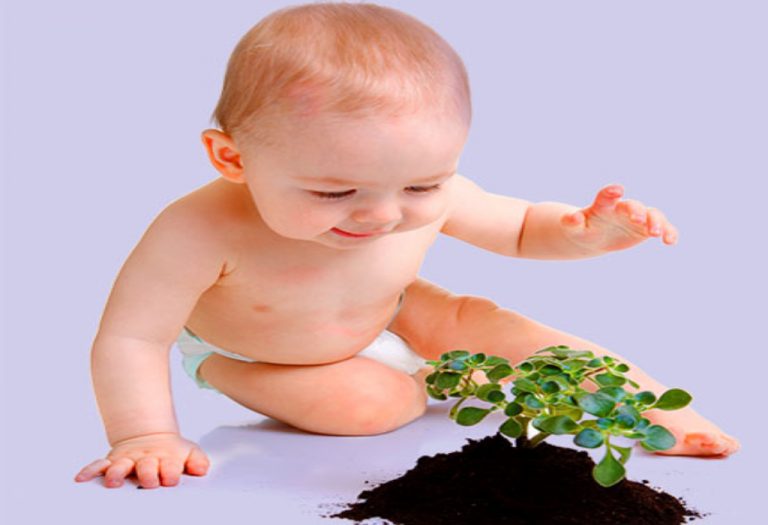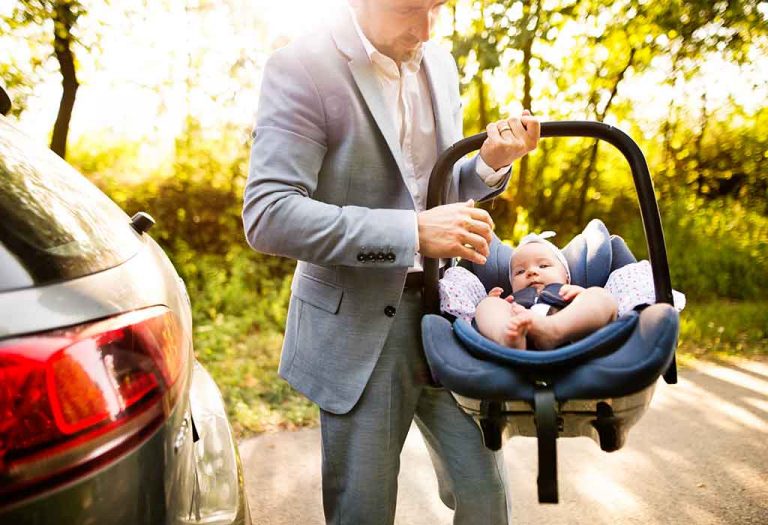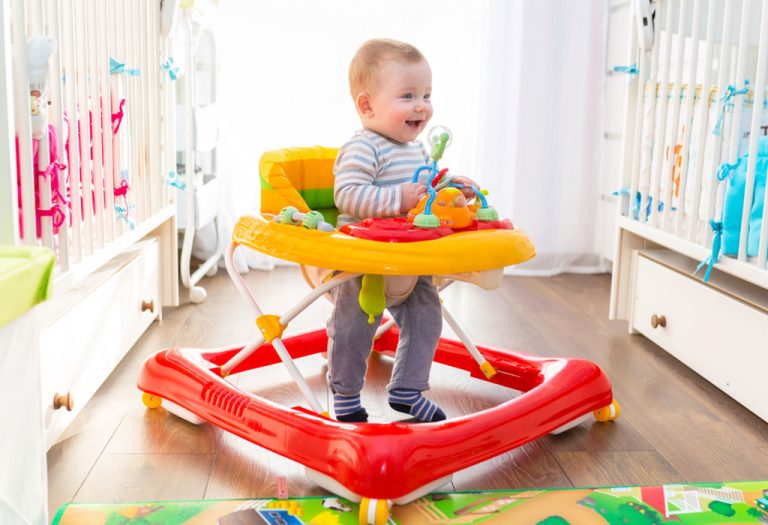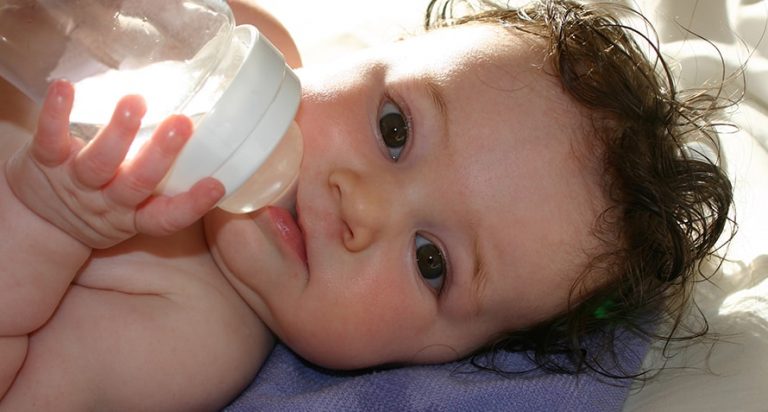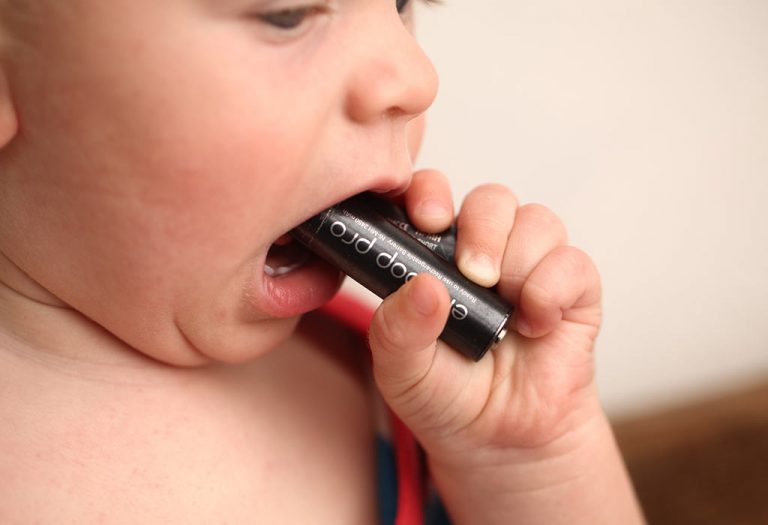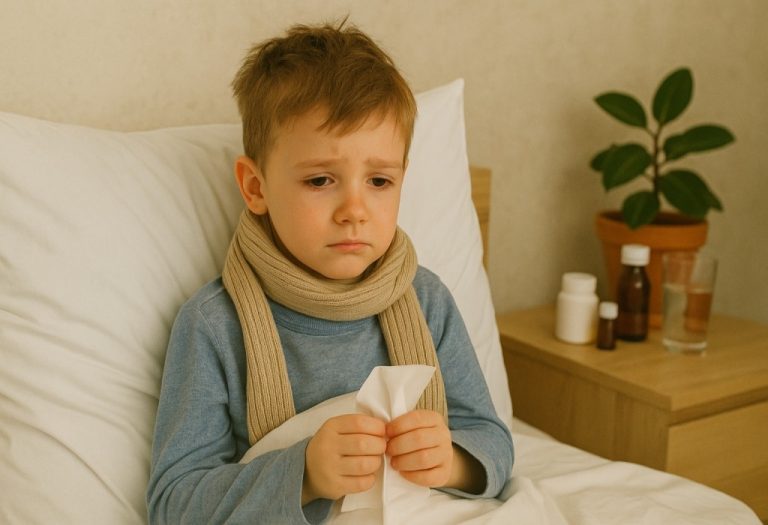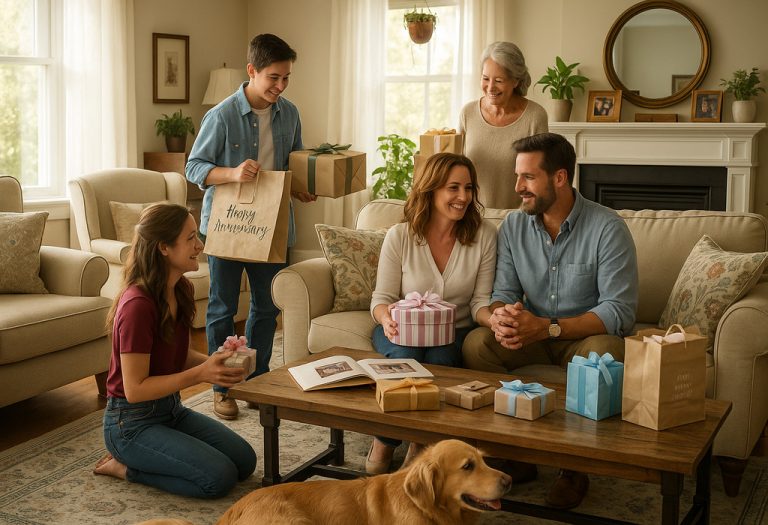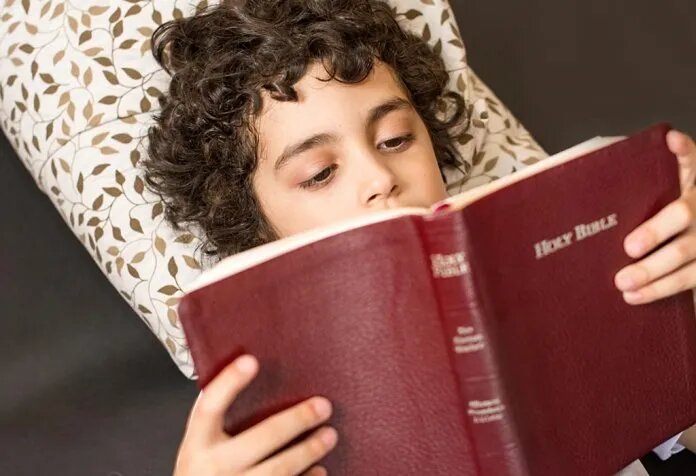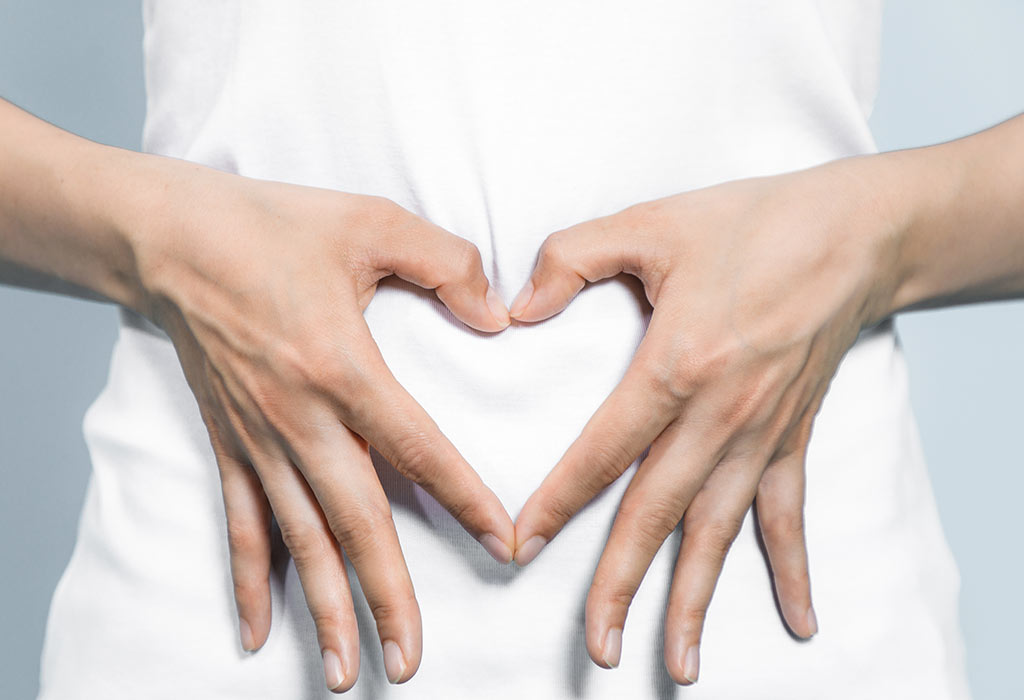Baby Proofing Your Home – A Complete Checklist
A crawling baby who has just discovered the joy of exploring on his own is not only a sight that melts every parent’s heart but also one that fills parents with apprehension. Even the most innocuous household object appears like a potential threat to a crawling baby’s safety. If your child is just finding his feet, you would certainly benefit from a baby-proofing checklist. Baby proofing house is essential to keep your chubby away from harm and make the exploration smooth like butter. In the article, we have compiled a few things you need to do to baby-proof your house.
What Is Baby Proofing?
Babyproofing is basically creating your house as a safe place for your little one to explore and play by freeing potential hazards and dangers. Babies are like sponges, and when they start crawling, they begin their exploration journey by looking at things from close, touching or tugging them, putting them in their mouths to analyse them, and figuring out how things work. You may find your little one attracted to things with vibrant colours or shapes. They often put toys or things in their sight and access in their mouth to analyse. This is all the effort of learning about the world around them. However, toys with sharp objects or chemicals in their vicinity pose grave dangers for which baby-proofing is essential.
When Should You Begin Baby Proofing?
You can baby-proof your home at any time during pregnancy or after delivery. However, it should be done before your little one starts crawling or creeping, which usually starts between 4 and 6 months.
This includes checking for anything that could be a potential danger to your baby or anything that could harm you while having a baby in hand, like slippery floors, uneven patio flooring, or wobbly furniture. If you are remodelling, make sure it is completed before your baby arrives.
How to Baby Proof House?
This baby-proofing house checklist ensures your little sunshine safely explores the world around them and develops under complete care and safety. Below are different categories in detail that ensure proper baby-proofing.
1. Bathroom
Babies look around when you bathe them and decide to explore the place once again on their own terms. You can keep them safe by ensuring that your bathroom doesn’t become their playground.
- Install closing loops to make sure the doors close with a door safety lock. This means that these locks are out of reach, and kids cannot access them when they are placed inside a room or crib.
- Keep all cosmetics, cleaners, fluids, medicines, and other items on a higher platform, out of reach. If they are placed inside bottom shelves, use a safety latch or lock (1).
- Unplug and remove all electrical equipment, such as hair dryers, electric shavers, hair curlers, etc., after they have been used, and store them in a safe place.
- Ensure that any sharp tools, such as nail clippers, razors, scissors, etc., are stored securely in a cabinet (1).
- Set the temperature of hot water to a bare minimum after use. This helps in avoiding accidental scalding should your baby choose to open the hot water tap.
2. Toilet
Toilets are one of the most dangerous and hazardous places. They provide good support for a baby to stand and peek inside, which may result in the baby tumbling into the pot.
- Make sure to put down the toilet lid after every use.
- Use a lock on the toilet lid, if necessary (1).
- Place non-skid mats near the toilet to avoid any accidents by skidding or slipping.
3. Doors
The concept of a door in itself is rather curious for a baby as they take to exploring the hinges and the sounds of the door. It’s best not to let the curiosity get the better of them and make use of baby-proofing products.
- Use door knob locks over existing locks, making it difficult for the baby to figure out how to open the door.
- Certain baby covers for door handles are available in the market, preventing them from grabbing the handle.
- Use closing loops on specific doors that need to be shut at most times (1).
- If a certain door exists in a part of your house that is frequently used, get pinch guards for that door. Pinch guards ensure that doors close softly so that kids’ fingers do not get injured when they are closing doors.
4. Bedroom
It isn’t practically possible to have babies supervised at all times in a bedroom. It’s best to take certain precautions out here to ensure baby safety at home.
- Use baby-proof sockets for all electrical points in the bedroom (1).
- Doubly ensure that a crib is secure and stable on your bedroom floor, even when your child jumps in it.
- The bars of the crib should leave no space for the baby to get their head stuck between them.
- Refrain from using props or decorative items that may fall on the baby.
- Keep all electric equipment, lamps, chargers, etc., away from easy reach and secure.
- When the baby sleeps on the bed, do not surround them with heavy blankets or pillows, as they can be at risk of dying from SIDS. Find materials that are baby-friendly and ensure that they do not roll over to the side or belly down whilst asleep.
5. Windows
When most babies are done with doors, windows become their favourite part of the home. However, most unfortunate incidents also occur because of them.
- Install childproof latches on your windows.
- Getting grill gates and strong bars for your windows is highly recommended.
- It’s best to replace blind cords with ones shorter in length.
6. Clothing
With baby clothing, we generally look for the most appealing clothes. However, comfort and care should always be the foremost concern.
- The clothes should not cut into their skin or be tight.
- Any straps or fasteners should not have sharp edges or pins.
- If the dress has any belts or laces, ensure that they aren’t close to the neck.
- Choose clothing material that has less chance of causing any allergy or rashes to your baby’s sensitive skin. Light cotton is a good option.
- Clothes that have been manufactured using breathable fabric help keep the baby comfortable and peaceful.
7. Car
Supervising your child while driving your car is not an easy task, nor is it recommended. The safety of both you and your child is paramount.
- Make use of certified child seats and equipment in your car.
- Ensure that your child is securely strapped in the seat at all times.
- Never leave your vehicle with the child still inside it.
- Never leave the key in the ignition or the car running while stepping out of the car.
8. Electrical Equipment
Electrical equipment is the most difficult to safeguard since it is present nearly everywhere. Special care and attention are required in childproofing such equipment.
- Each electrical outlet must be covered with baby-safe latches.
- Heavy electrical items such as refrigerators and televisions must be secured well.
- Do not keep any chargers plugged in and powered on without devices connected to them.
9. First Aid at Home
Injuries and wounds may happen despite your best precautions. The best that can be done is to be prepared when such situations arise.
- Keep a first-aid box on the ready to address any injury that might arise.
- The basics of the box, such as bandages, cotton, disinfectant, lotions, and creams, should be present and at easy access.
- Maintain an ice pack in your refrigerator to be used in cases of inflammations or injuries.
10. Forbidden Area/Restricted Area
Certain compartments in our cabinets or small areas in our homes are generally used to store away things we don’t need, items that are expensive, or even cleaning fluids that might be unsafe. These pose a great risk should a baby find its way into this area.
- Keep the area locked at all times with a secure lock and key arrangement.
- Install grill gates or baby gates outside the door that have baby latches on them to prevent any accidental opening (1).
- Ensure that babies are not allowed near things like the fridge, garbage bin, electrical appliances, etc.
11. Chairs
Babies love pushing chairs around and sitting on them like adults. This is why they frequently injure themselves with them.
- Keep heavy and expensive chairs well-secured in your room.
- Clamp them to a table so that they won’t tip over if your baby chooses to climb on it.
- When seated, make sure your baby is securely strapped in.
12. Changing Area/Room
The changing area is a place where a baby can go from supervised to unsupervised for just a few seconds. Sometimes, those few seconds can cause an accident as well.
- Avoid keeping the changing area on an elevated platform.
- If at all it needs to be high, don’t keep the baby unsupervised.
- Ensure all the items you will need are within arm’s reach before bringing the baby to the area.
13. Water
Having fun in the water can be dangerous if unsupervised. Keeping a few things in mind takes care of it all.
- Always keep a lookout for your child in a bathtub. Never leave the baby unsupervised, even for a minute.
- Always ensure that the temperature of the water is safe for the baby to be dipped or bathed in. Their skin is very sensitive, so always exercise caution.
- Place a non-slip mat near a child’s play area so that in case of any water leakage, they do not slip and fall into any sort of danger.
- When near swimming pools or on beaches, make sure the baby is wearing proper clothing and safety equipment like floaters and swim rings.
14. Toys
Your child spends most of his time with toys and uses them in every way possible. Make sure that toys don’t harm your child in any way.
- Make sure the toys are manufactured using kid-friendly materials such as cotton for stuffed animals. Avoid small plastic toys, which may be choking hazards, as kids can place them in their mouths.
- Don’t leave your child alone in the crib with large, stuffed, heavy toys.
- The toys shouldn’t have any tiny parts or be small enough to be choking hazards.
15. Sun
Making merry in the sun can take its toll on your child if done so for long hours and without the right care.
- Don’t let your child in the sun for extended hours.
- Make sure they apply sunscreen of the right SPF – Sunscreen Protection From
- Use hats or umbrellas to protect from the sun’s heat.
- Make sure the child keeps drinking water or juices to stay hydrated.
16. Fire Prevention
Fires at home can be caused by even a slight negligence of a safety norm. It’s best to double-check and ensure your house is free of a fire risk.
- In case of any electrical issue, make sure it is fixed as soon as possible.
- Gas-powered stoves and cooking apparatus should be turned off when not in use. Turn off the source if required.
- Electric ovens, induction cookers, and other electric cooking equipment should be unplugged when not in use.
17. Preventing Burn
Accidental burns are extremely painful. But they can be very well prevented with a few precautions.
- Keep candle lighters and cigarette lights away from your baby’s reach.
- After using matchsticks, dispose of the used sticks immediately and place the box in a secure location.
- Also, do not allow your baby anywhere near the kitchen, especially while cooking, as some mishaps could lead to burns or more fatal injuries.
18. Preventing Falls/Don’t Leave Baby Alone
Falls usually occur when there’s no supervision or when it happens too quickly for you to react and undertake corrective action.
- When seating the child on an elevation, make sure they are secured in their seat.
- Use buckle straps when they are seated in high chairs.
- Cushion the area around them with rugs and blankets.
19. Furniture
Babies learn to walk around the home by using furniture in their vicinity for support. That is why furniture can also become the first point of injury and harm for a baby.
- Make sure any heavy-set furniture is fixed to the wall behind it or secured to it.
- Have magnetic latches on all doors of your furniture and cabinets so that the doors are closed at all times.
- Install baby locks on easy-to-reach doors, preventing them from bringing any harm upon themselves.
20. Preventing Poisoning
There are multiple sources of poisoning present in an average home, which we don’t realize unless we see them from a baby’s point of view. Keeping these items away from your child is not too difficult.
- All cleaning fluids, gardening chemicals, and medications should be locked up and secured after every usage (1).
- When working with such items, ensure that they are not out of your eye and lying around unsupervised.
- Keep a poison-control number handy and know the first-aid that needs to be provided should your child come in contact with a poisonous substance. Here is what you can do if such a situation occurs:
- Swallowed poison: Call emergency services and be ready with information about the poison ingested. It is not advisable to make the baby throw up.
- Poison on the skin: Undress the child and wash the affected area in running water for at least 15 minutes. It is not advisable to apply anything on the surface.
- Poison in the eye: Use running water to flush the child’s eye and then consult a doctor. It is not advisable to use any ointment or eye drops.
FAQs
1. What necessary fixates or updates can be beneficial while doing baby proofing?
These fixates can be completed while you are prepping your home to be baby-proofed (1) (1):
- Repaint the rooms that require it, ensuring you allocate enough time between the final coat and your due date so that the paint fumes have completely dissipated before the baby arrives. Also,
- Replace or steam clean outdated carpets in any areas that the baby will occupy to eliminate dust and bacteria that may have accumulated over time.
- Repair any damaged furniture you may have around your home.
- Inspect the batteries in the smoke alarms.
- Consider installing carbon monoxide detectors throughout your residence.
Every eye-catching object is a toy for your munchkin, and your little scientist is sure to want to explore everything left out for his benefit. While it may not be possible for you to keep an eye on him all the time, baby-proofing the house will go a long way in setting your mind at rest.
Also Read:
Newborn Baby Shopping List
Baby Travel Essentials Checklist
Completely Different Needs of Boy and Girl Babies
Was This Article Helpful?
Parenting is a huge responsibility, for you as a caregiver, but also for us as a parenting content platform. We understand that and take our responsibility of creating credible content seriously. FirstCry Parenting articles are written and published only after extensive research using factually sound references to deliver quality content that is accurate, validated by experts, and completely reliable. To understand how we go about creating content that is credible, read our editorial policy here.





